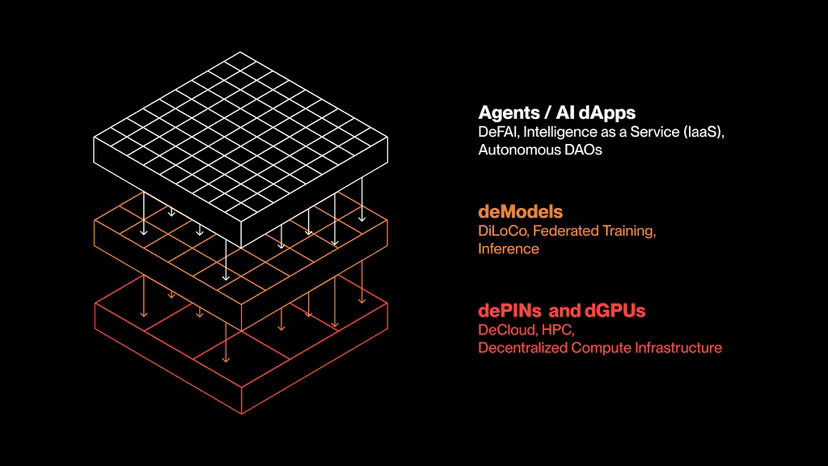Many technical impressions of Kava linger on its 'EVM compatibility', but what truly determines the experience is how version iterations turn 'compatibility' into 'engineering normalcy'. Kava 16 in April 2024 is a watershed moment: the mainnet upgrade is executed under a public countdown, core versions are released on GitHub, and supporting documentation covers validators and node operations; on the ecosystem side, it simultaneously announces the migration of existing dedicated bridges and connects to richer routers to facilitate smoother integration of assets from chains like Binance Chain.
The highlight is not in press releases like 'upgrade successful', but in two minor engineering matters:
Firstly, the release and rollback strategy. Version releases follow the conventional on-chain upgrade path of Cosmos-SDK, without resetting ChainID and without zeroing the block height, which makes the block history and indexing more coherent and helps third-party services avoid pitfalls; the official FAQ specifically states, 'From Kava 10 onwards, upgrades are all in-place upgrades.' This is the fundamental skill for 'stabilizing the ecosystem'.
Its second aspect is long-term maintenance of the translation layer. The Translator Module is not a one-time component, but a 'long-term maintenance piece' that evolves alongside the dual semantics of EVM and Cosmos. The official documentation describes it as 'the neural bundle between two half-brains', aiming to ensure that dual-end calls remain semantically equivalent after upgrades; third-party node services also emphasize the role of this module multiple times in the text. In frequently iterating multi-chain environments, the 'maintainability' of this layer is more important than any single scoring run.
The value of bridge migration is also worth mentioning. Kava 16 announces the implementation of a long-running dedicated bridge migration plan and states that it has 'safely handled over $2.5 billion in cross-chain transfers'; this is not self-promotion, but a reflection of engineering control over details like routing, confirmation, retries, and costs. For users, the result is a smoother chain entry and exit experience, with lower failure rates and waiting times.
Aligning the version line with the product line reveals Kava's technical rhythm: each public upgrade pushes seemingly 'marginal' aspects like dual-chain interoperability, bridge routing, node operations, and rollback strategies one step forward. For teams 'looking to call back and forth between Cosmos and EVM', this 'engineering normalization' instills more confidence than any single TPS promotion.
@kava #KavaBNBChainSummer $KAVA